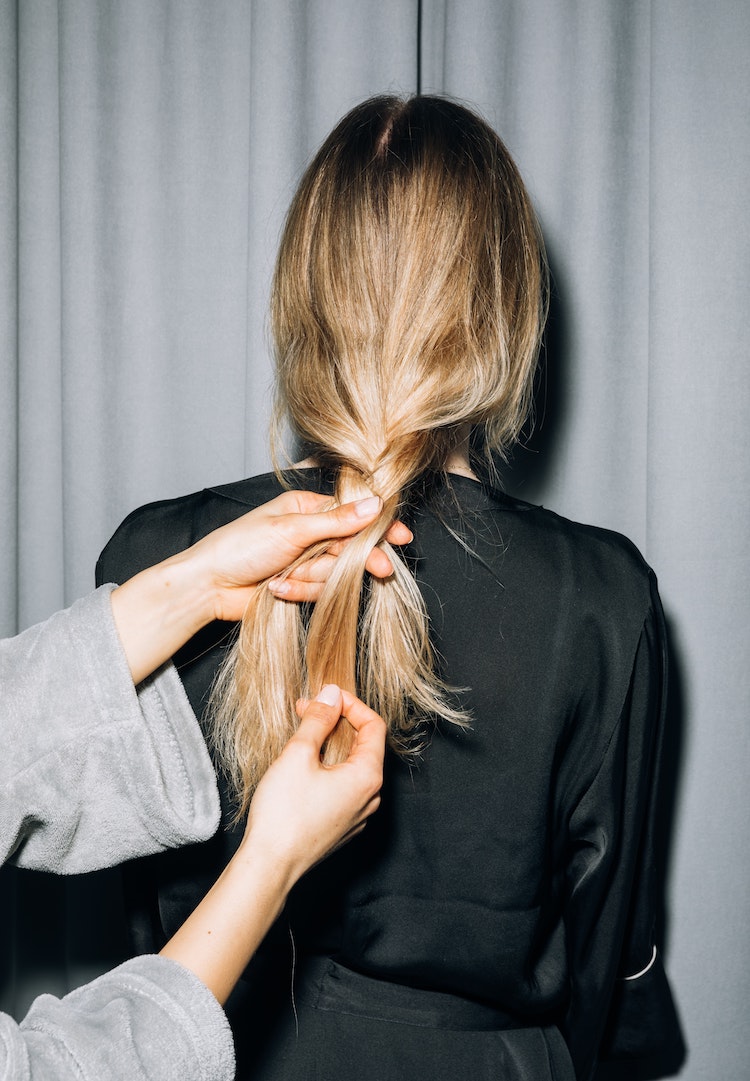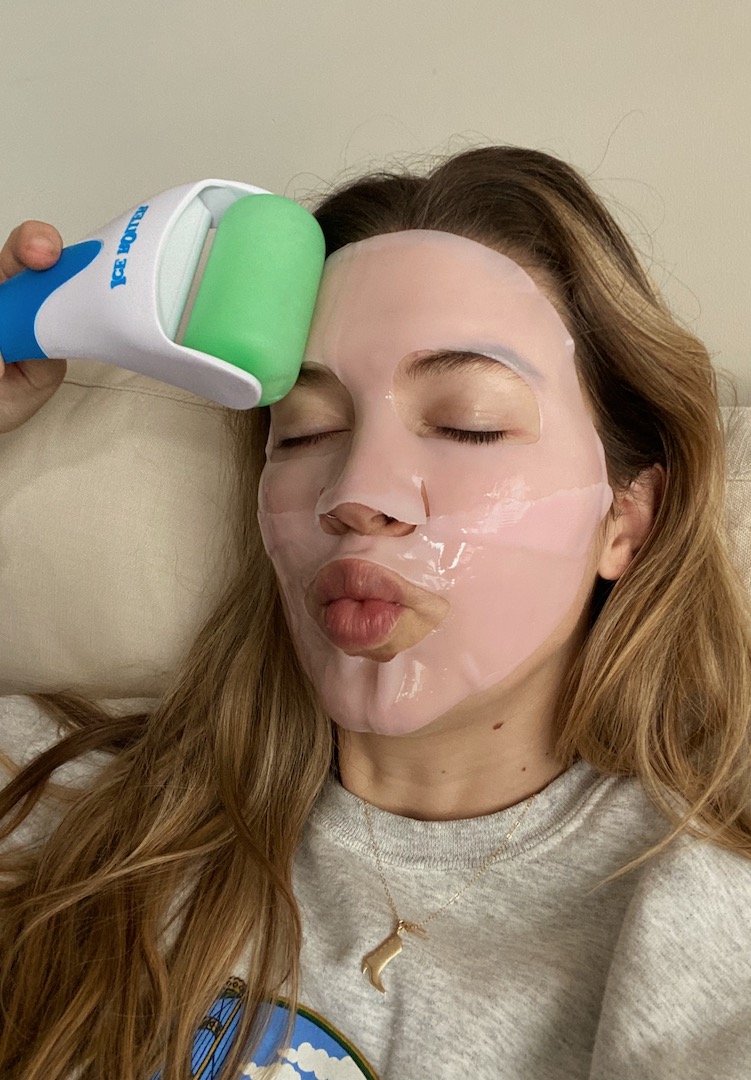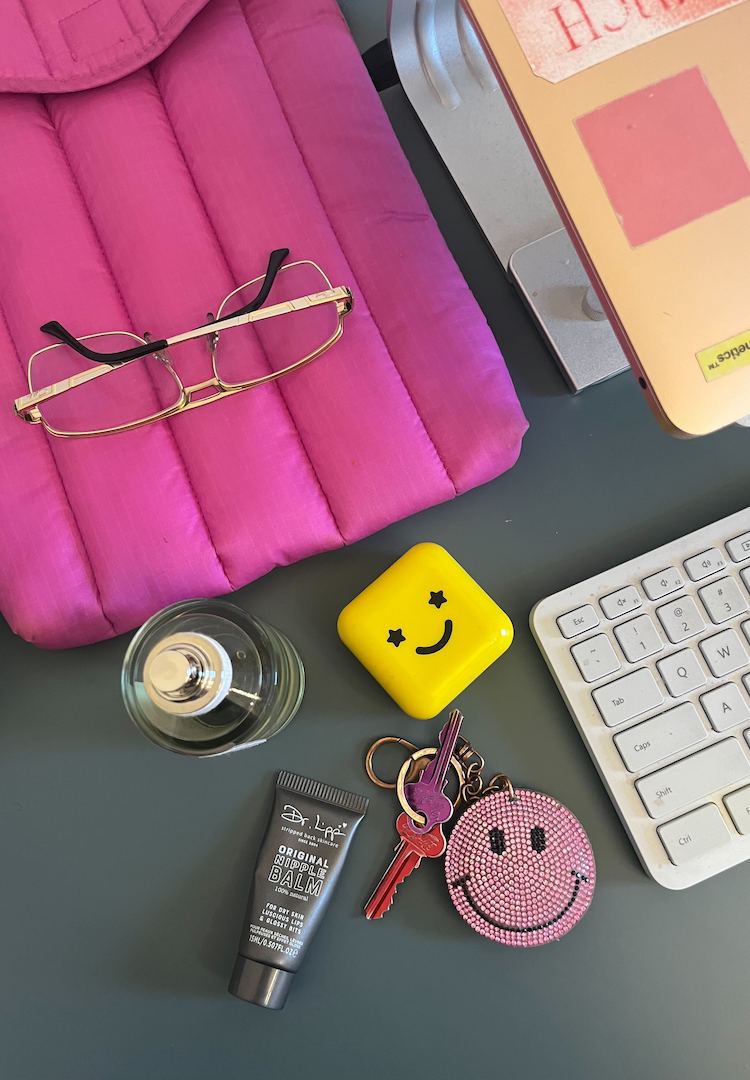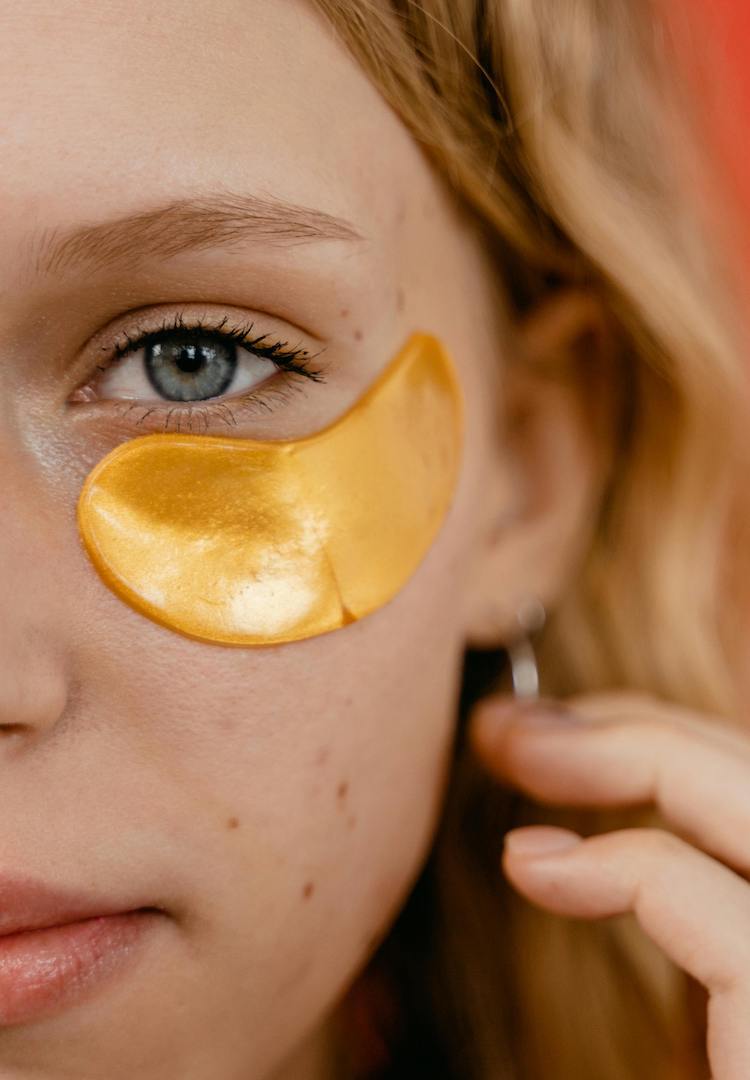The ‘notox’ movement: Here are six dermatologist-approved Botox alternatives
WORDS BY CAROLINA MATEUS
Topical skincare, laser therapy, chemical peels and more.
In our never-ending quest to reduce (inevitable) signs of ageing, Botox injections have begun to feel commonplace in our beauty routines. According to a March survey conducted by YouGov, 26 per cent of women and 12 per cent of men have contemplated Botox in the last 18 months.
But as we know, every invasive treatment has its downsides. Recently, the ‘notox’ movement – or the skincare-based approach to anti-ageing – has risen in popularity on TikTok. “Botox is a toxin that causes muscle paralysis, temporarily removing any wrinkles that occur from muscle movement like smiling, squinting or frowning,” Dr Lauren Thomas, a doctor at Software, explains.
We like nosy people. Don’t be shy, head to our Beauty section for more.
Though many know it as an anti-wrinkle treatment, Botox actually has a variety of clinical applications including anti-ageing, reducing teeth grinding, helping muscle spasms, stopping sweating and headache therapy. If it’s wrinkles and fine lines you want to target but you’re a bit needle-shy (or just curious about the other options available), read on to discover Dr Lauren’s top alternatives to Botox.
Pros and cons of Botox
First things first, understanding the pros and cons of Botox can help you decide whether the treatment is or isn’t for you. According to Dr Lauren, what’s great about Botox is that it’s an effective treatment that requires no daily maintenance and lasts for three months (though this can also be a drawback – certain side effects can also last for three months).
It’s customisable, meaning you can target specific areas of concern, provides quick results (with effects showing anywhere from two days to two weeks post-injection) and requires minimal downtime. As for the cons, Dr Lauren warns that Botox does come with a large up-front cost for the appointment and product.
Results can vary depending on the experience of the practitioner, and side effects can include bruising, swelling and redness. Botox doesn’t work on static wrinkles and, for the best results, needs to be started before wrinkles set in. Plus, there may be a risk that the injections become less effective over time.
Alternatives to Botox
“When considering Botox alternatives, it’s essential to consult with a qualified healthcare provider or dermatologist to determine the most suitable treatment based on individual goals, skin type and medical history,” Dr Lauren recommends. “This is most relevant for chemical peels and laser treatments, as the side effects can be more pronounced in those with darker skin (think post-inflammatory hyperpigmentation).”
Dermal fillers
“Unlike Botox, which relaxes muscles to reduce the appearance of wrinkles, dermal fillers work by adding volume to targeted areas of the face, such as under the eyes or around the nose creases,” Dr Lauren explains. Dermal fillers can be collagen, hyaluronic acid or fat-based. They’re only a temporary solution, so to maintain the results, you do need to go in for regular treatments.
Topical skincare products
The most accessible of all the Botox alternatives is looking after your skin. “Certain skincare products contain ingredients such as retinoids, peptides, vitamin C and niacinamide that can help improve skin texture, stimulate collagen production and reduce the appearance of wrinkles over time. These products are applied directly to the skin and can be used as part of a daily skincare regimen.”
Laser therapy
“Various laser treatments, such as fractional laser resurfacing or intense pulsed light (IPL) therapy, can help stimulate collagen production, improve skin tone and texture, and reduce the appearance of wrinkles and redness,” Dr Lauren says.
Chemical peels
“Chemical peels involve applying a solution to the skin to exfoliate the outer layer and promote the growth of new, smoother skin. Peels can help reduce the appearance of fine lines, wrinkles and uneven pigmentation, resulting in a refreshed and rejuvenated complexion,” she explains.
It should be mentioned that the after-effects of chemical peels can be painful, almost like you got a sunburn, so be sure to discuss that with your doctor before you make a decision.
Microdermabrasion
“Microdermabrasion is a non-invasive procedure that uses a diamond-tipped wand or fine crystals to gently exfoliate the skin and remove dead skin cells. This treatment can improve skin texture, reduce the appearance of fine lines and stimulate collagen production,” says Dr Lauren.
Microdermabrasion is gentler on the skin than some alternatives, though you may still notice some redness, swelling and flakiness afterwards. However, these side effects should subside in just a couple of hours.
Facial exercises
Finally, Dr Lauren mentions facial yoga as a free, at-home solution. “Some proponents advocate for facial exercises as a natural alternative to Botox, claiming that targeted exercises can help tone facial muscles and reduce the appearance of wrinkles.” In fact, a 2019 study found that performing facial exercises can improve cheek fullness and lead to an overall more youthful appearance.
For more on Botox and Botox alternatives, head here.









